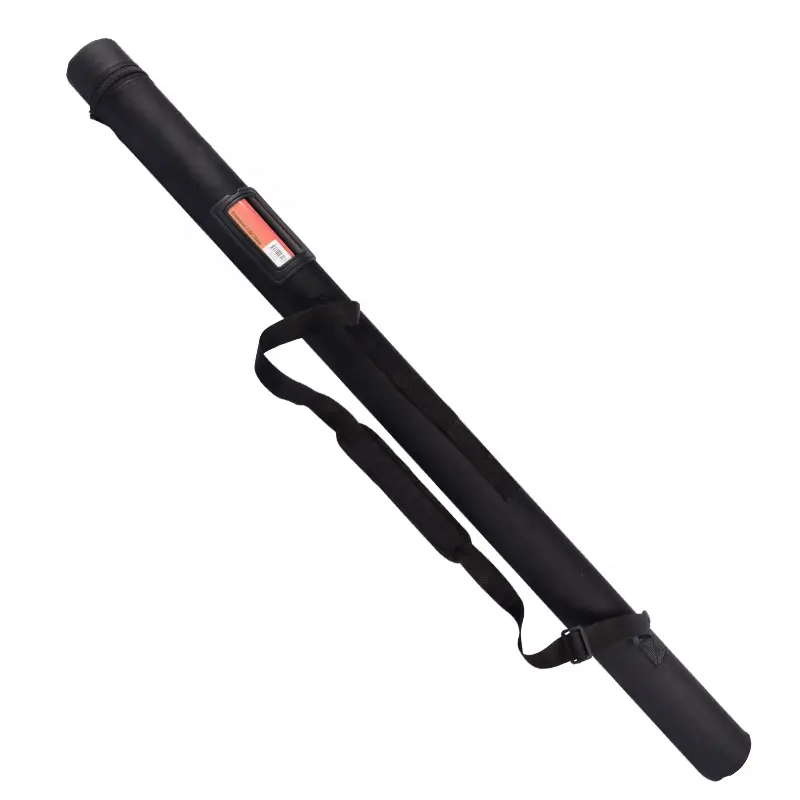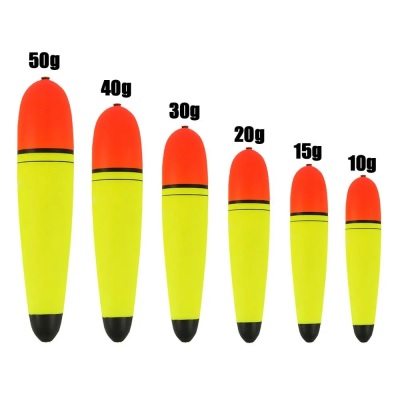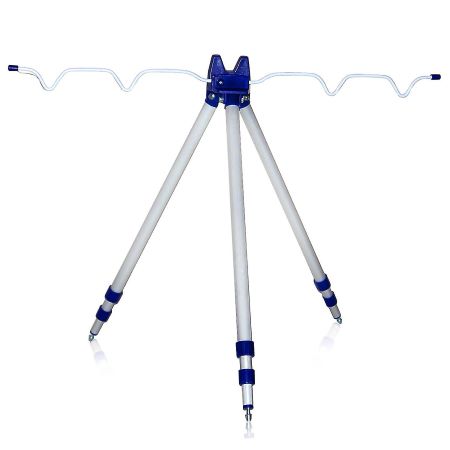
When it comes to embarking on fishing adventures near or far, ensuring the safe transportation of your beloved fishing rods is of paramount importance.
Whether you’re heading to a local fishing spot or jetting off to a dream angling destination, mastering the art of travelling with fishing rods can save you from potential damage, frustration, and unnecessary expenses.
To help you safeguard your prized equipment, we’ve compiled a comprehensive list of the top 20 tips and examples for transporting fishing rods securely, whether by land, air, or sea.
Top 20 Tips
Follow these expert guidelines to ensure your rods arrive intact and ready for action, allowing you to focus on reeling in the big catches with peace of mind.
- Use a rod case: Invest in a sturdy and protective rod case specifically designed for travel. It will offer better protection than a regular rod tube or bag.
- Disassemble the rods: Take apart your fishing rods into sections to make them more compact and easier to pack.
- Secure loose parts: Use rubber bands or Velcro straps to secure loose rod sections and prevent them from shifting during transport.
- Padding: Wrap each section of the rod with bubble wrap, foam padding, or cloth to provide additional protection against impact.
- Use rod socks: Slide rod socks or rod sleeves over each section of the rod to prevent them from scratching or rubbing against each other.
- Rod tip protectors: Attach rod tip protectors or use foam pipe insulation to guard the delicate rod tips from getting damaged.
- Reel protection: Remove the reel from the rod and pack it separately in its protective case or cover it with a reel sock to avoid scratches or damage.
- Rod guides: Pay special attention to the rod guides. Make sure they are protected and won’t get bent or broken during transport.
- Secure reels: If you prefer to keep the reel attached to the rod, secure it by tightening the drag or using hook-and-loop straps to prevent it from spinning or getting damaged.
- Proper labelling: Label your rod case with your contact information, including your name, address, and phone number, in case it gets lost or misplaced.
- Carry-on option: If possible, carry your fishing rods as a carry-on item on flights to ensure they stay with you and minimise the risk of mishandling or loss.
- Check airline regulations: Check with your airline regarding their specific regulations for transporting fishing rods. Some airlines may have size or weight restrictions.
- Transport security guidelines: Familiarise yourself with the country relevant transport security guidelines for travelling with fishing rods to comply with security procedures at airports.
- Pack rods last: When packing your vehicle for road trips, load your fishing rods last to prevent them from being accidentally damaged by other items.
- Avoid extreme temperatures: Avoid exposing your rods to extreme heat or cold during transport, as it can potentially weaken the materials or cause damage.
- Protect rod tips during transit: If you’re travelling with your rods in a vehicle, place a soft towel or blanket between the rod tips and the roof or any other hard surfaces to avoid accidental bumps.
- Use rod straps: If you have multiple rods, use rod straps or Velcro ties to keep them together and prevent them from shifting around in the rod case.
- Insurance coverage: Consider obtaining insurance coverage for your fishing rods, especially if they are high-value or have sentimental value, to protect against loss, theft, or damage.
- Research local regulations: If you’re travelling to a different region or country, familiarise yourself with any local regulations regarding the transportation of fishing equipment.
- Double-check before departure: Before leaving for your trip, double-check that all your fishing rods and accessories are securely packed, and nothing is left behind.
The Best Telescopic Fishing Rods Reviewed
Remember to always check specific guidelines from airlines, transportation authorities, and your chosen mode of travel, as regulations and requirements may vary.
By implementing these top 20 tips for travelling with fishing rods, you can bid farewell to worries about damaged or mishandled equipment.
Whether you’re exploring new fishing grounds or returning home from a successful angling expedition, following these expert guidelines will ensure that your rods remain in pristine condition.
Take the necessary precautions, pack smartly, and embark on your fishing adventures with confidence, knowing that your trusted companions are safe and ready to help you reel in unforgettable memories.
Fishing Floats
Fishing floats, also known as bobbers or floats, are essential tools used by anglers to…
About Fishing Rod Rests and Supports
Fishing rod rests and supports are essential accessories for anglers as they provide convenience, stability,…
What Rod Action is Best for Bass
When choosing a fishing rod for bass in the UK, it’s important to consider the…
Bass Fishing Equipment Needed for Various Shore Fishing Methods
Bass fishing in the UK presents anglers with a diverse array of fishing methods, each…
Can You Use a Carp Rod for Spinning?
Yes, you can use a carp rod for spinning, but it is not the ideal…
Can You Use a Carp Rod for Sea Fishing?
Yes, you can use a carp rod for sea fishing, but there are a few…



